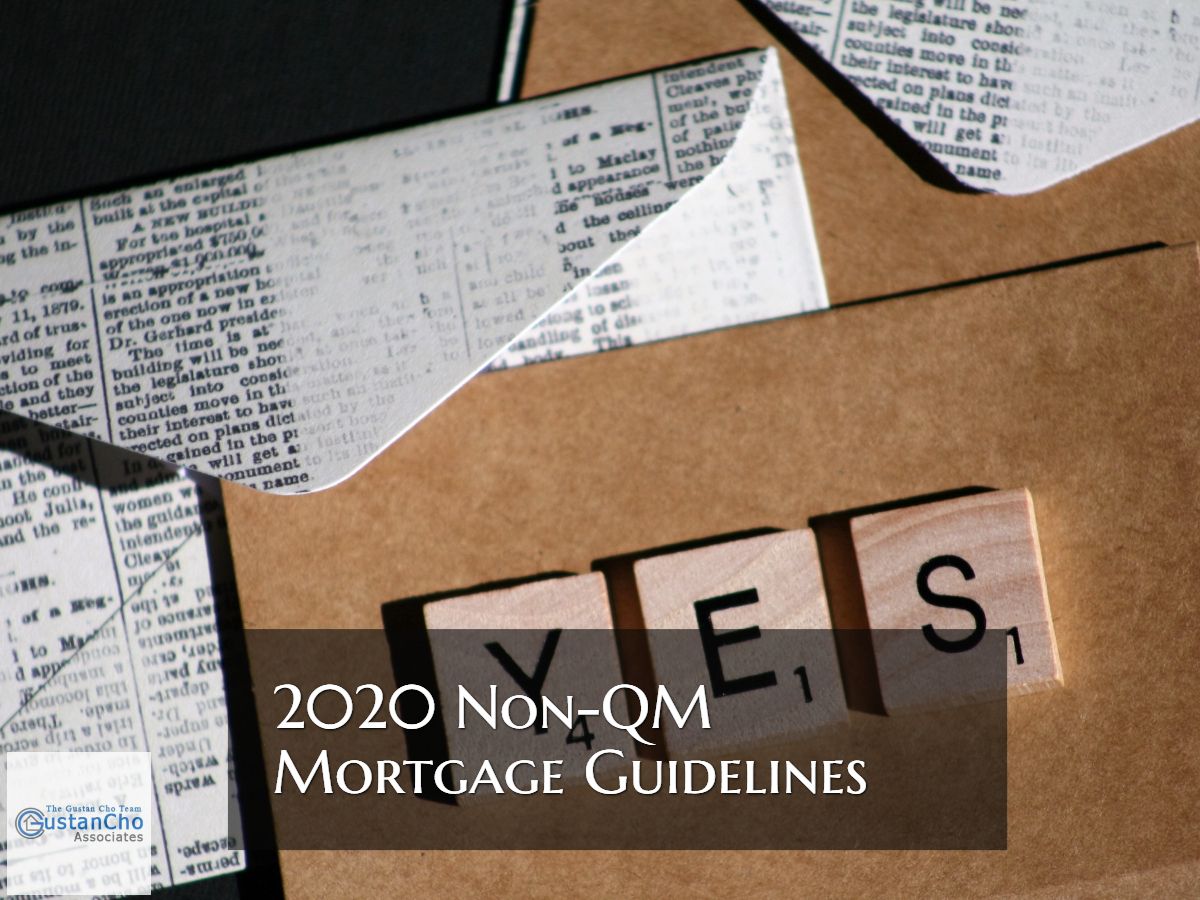

At that point, you apply for a traditional mortgage and use the funds to pay the previous owner in full. They normally include a " balloon payment," due three to five years down the road. Owner finance arrangements are not without risks. Like a financial institution, the previous owner can repossess your home if you default on the loan. You make a down payment, but rather than making monthly payments to a mortgage lender, you pay the previous owners. This is how it works: You agree on terms, like how long the owner will act as a lender and the interest rate you will pay. If the situation that prevents you from obtaining a qualifying mortgage will pass in a few years (for example, a bankruptcy will fall off your credit report, or your DTI will be lower), consider looking for a home that the current owners are willing to finance. Before you give up on buying a home, consider an owner financed property. If your credit score is low or your income is difficult to prove, you do have another option. Both loan types are subject to the "Ability to Repay Rule." Unless a lender goes out of its way to determine that a borrower is able to repay the loan, they are open to lawsuits. In fact, the lending process is similar, apart from the loan documents required. However, like qualified mortgages, today's non-QMs have their own set of guidelines. The Great Recession housing meltdown has led to a misconception that non-QMs are bad loans. If you're concerned about whether a non-QM is safe, it's good to know that they are not the same as subprime mortgages. You can get a mortgage with bad credit, or if your income is low, or if you have a high DTI.

Non-QMs illustrate that mortgages are open to many types of home buyers. Buyer who lives off investments, or has high assets and low income.The type of borrower who might benefit from a non-QM loan includes: Even though your finances are healthy, you cannot tick the "income verification" box required for a qualified mortgage. But you don’t have trouble paying your bills, your credit score is high, and you have money in the bank. You have no way of knowing exactly how much you will earn from year to year. Some months, your income is high and others, only a little goes into your bank account. Imagine that you own a contracting business. Non-qualified mortgages are not backed by government agencies like FHA, VA, Fannie Mae, and Freddie Mac.Ī non-QM is a good idea when you have the income to make regular, on-time mortgage payments, but cannot get a qualifying mortgage. Borrowers cannot come back (as many did during the Great Recession) and claim that a lender knew they could not make the monthly payments. Today, as long as lenders follow these strict lending guidelines, they are protected from liability. Millions of people who had home loans could not afford the payments. This willy-nilly approach was one of the reasons the recession hit with such ferocity. Unethical lenders would crowbar home buyers into mortgages that were unaffordable. Some mortgages did not verify income at all. Why do these regulations exist? In the years leading up to the Great Recession, lenders seemed willing to approve mortgages for anyone with a pulse, including those with poor credit and low down payments. These minimum standards for qualified mortgages are part of the 2010 Consumer Protection Act and Dodd-Frank Wall Street Reform Act. The above regulations also protect buyers from risky loans. If you can't tick all of the above boxes, you'll need to look into non-qualifying mortgages.Įssentially, mortgage lenders need to know you have the ability to repay your loan. Loan term: The loan term must be 30 years or less.No risky loan features: Risky features include interest-only loans (where you only pay interest without reducing the principal), negative amortization (where your principal can increase, even while you are making payments), or balloon payments (where a larger payment can be tacked on to the end of the loan).



 0 kommentar(er)
0 kommentar(er)
